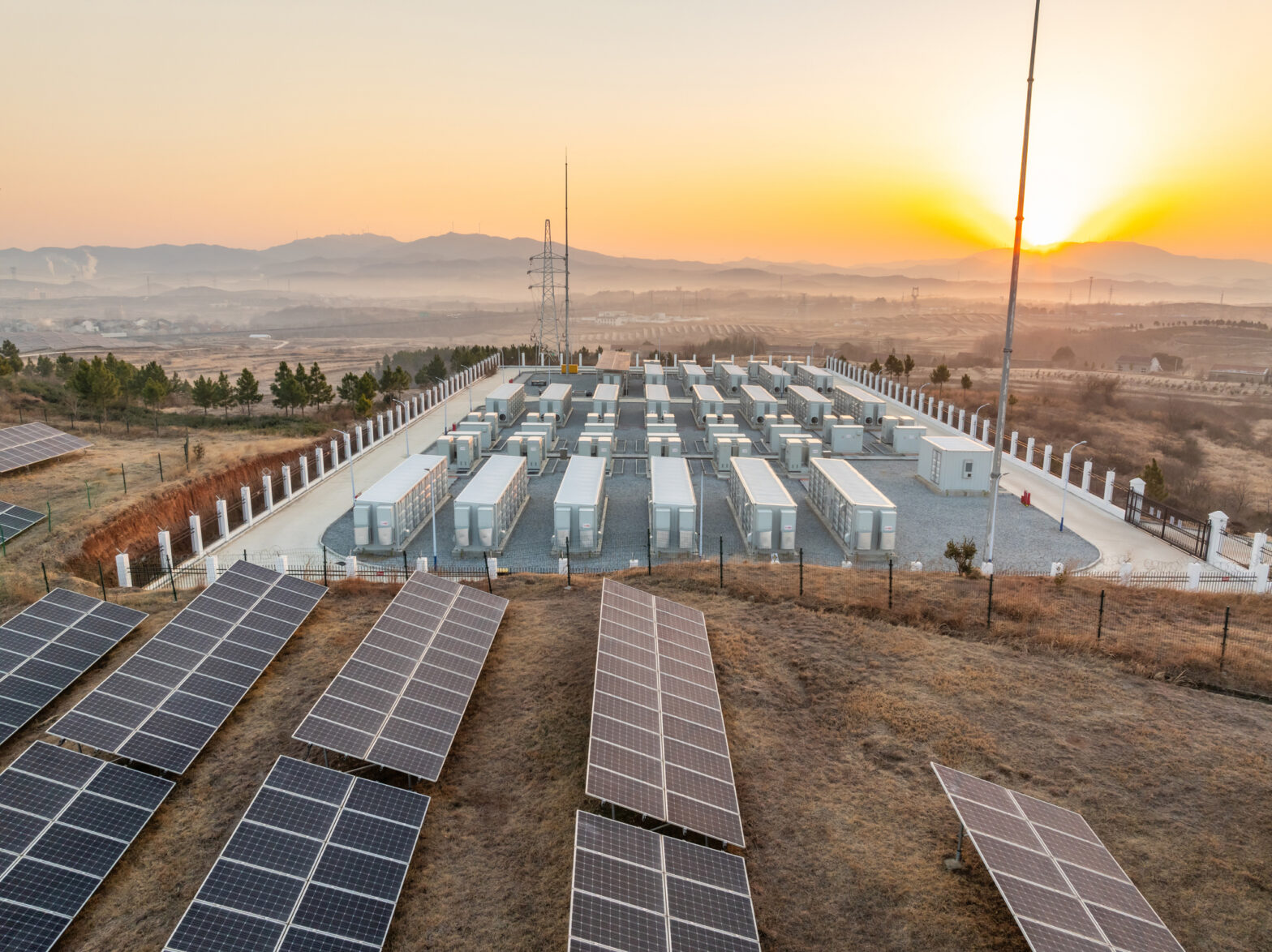This post was originally published on FirstFuel’s website. FirstFuel is now Uplight.
“If we don’t have a customer’s email, we send their bill in the mail. Even though this is considered a touchpoint, is it meaningful? What constitutes a meaningful touch?”
– Utility Executive
Year after year, the J.D. Power “Electric Utility Business Customer Satisfaction Study” points to the need for, and value of, regular, meaningful customer communications to boost satisfaction ratings. But, for many utilities, improving customer satisfaction remains a challenge despite concerted efforts to improve and modernize services.
Like residential customers, today’s business customers increasingly rely on multiple contact channels, including web, phone, and email, to get in touch with their energy provider. In response, many utilities have focused on increasing the number of touchpoints they have with business customers. Today, outage alerts represent the primary communication channel between utilities and their business customers. While these alerts have enabled utilities to capture some email and mobile data, they haven’t been the gateway to the improved customer relationships that utilities hope to build.
Reframing the conversation
Simply increasing the volume of communications isn’t enough to meet business customers’ increasing demands. Rising customer expectations must be met with not only increased frequency, but also increased personalization. Utilities must focus on demonstrating customer knowledge and understanding through all their communication channels.
To do this, utilities must transition their core customer touchpoints away from being centered on negative experiences, like an unexpected high bill. Instead, communications should focus on delivering positive experiences, like proactively delivering a weekly energy report, or informing a customer about a program that could save their business money. To create truly customer-centric experience, utilities need to not only elevate awareness of their programs, but match the right programs to individual customer needs.
Providing a next-generation experience
Winning customer trust (and growing customer satisfaction) begins with building stronger customer relationships. Through a successful engagement strategy, energy providers can react to changing customer demands, educate customers on energy optimization options, and stay ahead of evolving customer expectations.





